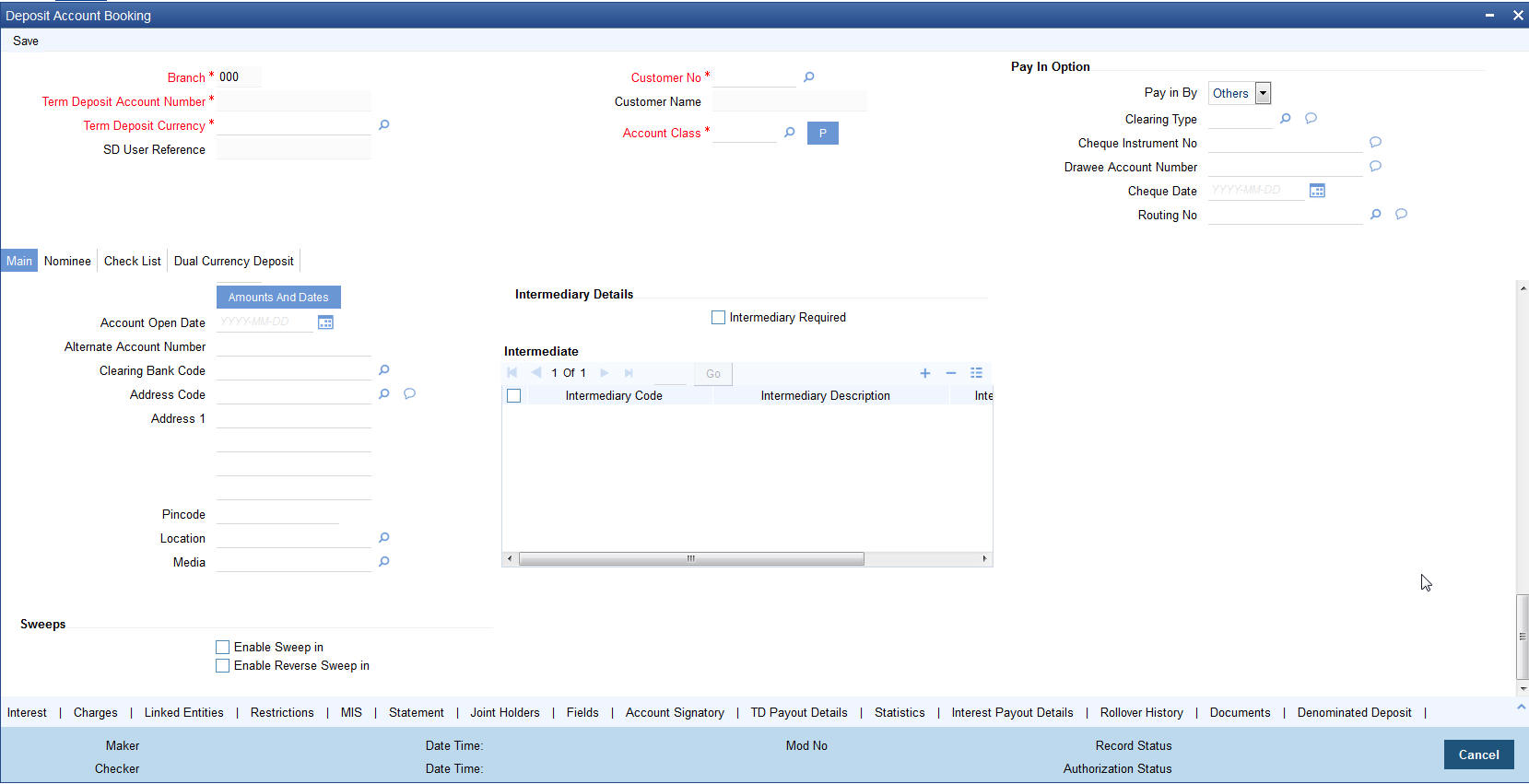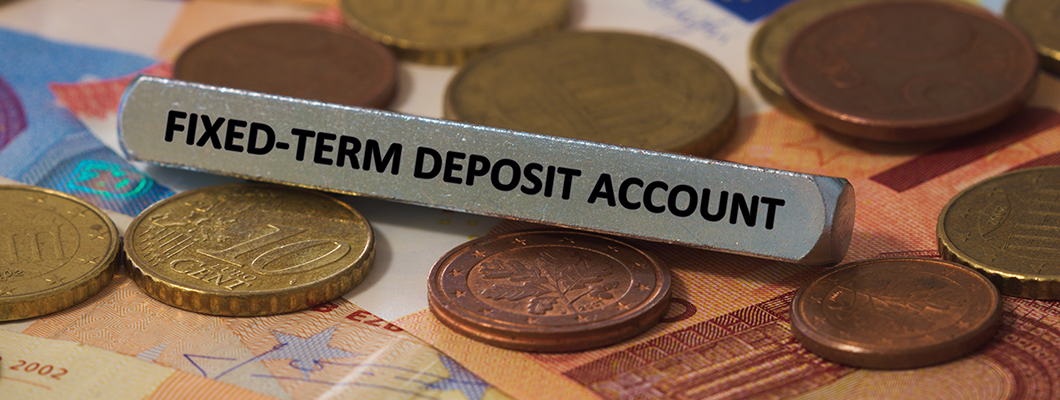Deposit Account
- Fixed Deposit Account: A Fixed deposit account is an account where by funds are deposited for a fixed period of time at a fixed interest rate. The minimum period of time allowed is three months. A Fixed Deposit Account earn interest on the deposited amount for the specified period and no withdraw is allowed before the expiry of the agreed time period otherwise penalty fee may be charged to the.
- Then, debit the cash and credit the customer deposit to the account. Include a brief description in the journal so you know what the cash was for. Once the work is completed, send an invoice to the customer with the the amount of the deposit previously paid subtracted from the total amount owed.
What Is A Current Account?
A current account is for use by sole proprietors, companies, partnerships, associations, trusts, etc. to make current transactions. All business transactions are conducted through a current account. A current account does not have an end or maturity date.
Fixed Deposit Account. Some bank customers may like to put away money for a longer time. Such deposits offer a higher interest rate. If money is deposited in a savings bank account, banks allow a lower rate of interest. Therefore, money is deposited in a fixed deposit account to earn interest at a higher rate. Get answers to your questions about Bank of America deposit accounts. Whether you are looking for a routing number, setting up a direct deposit, or looking for a SWIFT code for international deposits - get your questions answered.
What Is A Deposit Account/Savings Account?
A savings account is a basic deposit account for an individual to carry out day-to-day transactions and withdrawals. A deposit account can be held individually or jointly by two or more people. A savings account does not have an end or maturity date as well.
Difference Between Current Account And Deposit Account
Some of the differences between a current account and a deposit account are:

- Interest
Interest applies to the minimum balance available in a deposit account. The interest is applicable on the minimum account balance, every day. Banks offer interest rates of 4% or more on savings accounts. Current accounts, on the other hand, are non-interest accounts. There is no interest for any balance in a current account. Although, this may change in the future.

- Transaction rates
Deposit Account Interest Rates
Transaction rates apply for withdrawals made over the limit of free withdrawals (usually 3-5) made in deposit accounts. Thus, a savings account holder will have to pay the transaction rate applicable by the bank (eg: INR 20, 25, 50, 90, etc.). Conversely, there are no transaction rates applicable on current accounts. Businesses transact more than individuals and thus, there is no transaction rates or limits on current accounts.
- Minimum balance
Deposit Account Definition
Deposit account-holders must maintain a daily average minimum balance in their account. This amount varies from bank to bank and some banks even offer zero-balance deposit/savings accounts. In this case, current account-holders also must maintain a minimum balance in their bank accounts. The minimum balance required for a current account is much higher than the minimum balance required for deposit accounts.
Direct Deposit Accounts
- Overdraft facility
Deposit Accounts St Joseph Mo
Deposit account-holders can only withdraw what balance is in their saving account. Banks do not offer overdraft facilities on saving accounts unless the customer is a salaried account-holder (approved companies). Whereas, current account-holders can withdraw over and above the balance in an account. Overdraft facilities help businesses to make up cash flows when there is a shortage of funds. Interest is applicable to the overdraft amount taken.